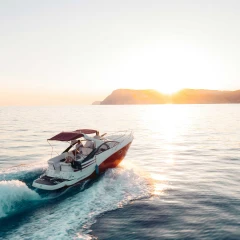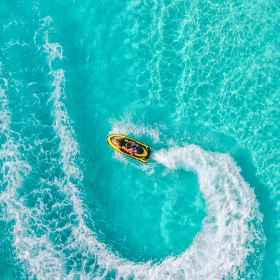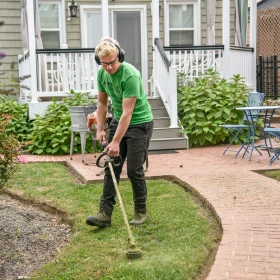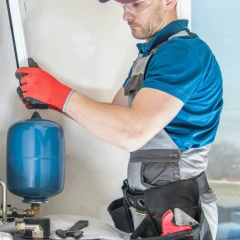













Ahoy, boat-loving families! There's something magical about watching a child's eyes light up the first time they feel the gentle rock of waves beneath their feet. Whether it's your child's first nautical adventure or just the kickoff to another season of memory-making on the water, boating with kids requires a captain's level of preparation.
National Safe Boating Week is the perfect time to refresh ourselves on what makes time on the water both safe and spectacular—especially for our smallest shipmates. Because let's face it: if the kiddos aren't safe and entertained, nobody's having the idyllic day you planned.
Before we dive into the specifics, let's establish our golden rule: safety isn't just a priority—it's the foundation that makes all the fun possible. Here are the essential safety elements every parent should master:
Children 13 and under are legally required to wear U.S. Coast Guard-approved life jackets while on board—and fitting matters more than you might think. That old adult vest collecting dust in your garage? Not going to cut it.
Look for child-specific personal flotation devices with a snug, comfortable fit, a sturdy grab handle, bright, visible colors, and head support for younger children.
And remember: a life jacket hanging open is about as effective as sunscreen left in the bottle. Get those buckles fastened. Every. Single. Time.
It sounds counterintuitive, but it's true. By establishing clear safety boundaries and consistent verbal commands, you actually create more space for everyone to relax and enjoy.
Make these rules simple and non-negotiable:
Frame these conversations positively. You're not limiting their fun—you're enlisting them as crucial crew members. Every good sailor follows protocol, after all.
Children's bodies regulate temperature less efficiently than adults, making them more susceptible to both dehydration and hypothermia. The sun reflecting off water surfaces can double UV exposure, creating the perfect storm for sunburn and heat exhaustion.
Your defense strategy: high-SPF, water-resistant sunscreen applied 30 minutes before boarding, UPF-rated clothing, wide-brimmed hats secured with chin straps, and plenty of cold water in insulated containers.
Taking these precautions isn't helicopter parenting. It's smart boating.
Safety equipment is essential, but equally important is developing your child's mental preparedness and engagement on the water.
Children who know what to do in emergency situations stand a dramatically better chance of staying safe. Have these conversations in calm, matter-of-fact ways that build confidence rather than fear:
"If you fall in the water, your life jacket will help you float. Stay calm, look for the boat, and call for help."
"If you can't find me on the boat, stay where you are and call my name loudly."
Practice these scenarios on land first. Role-playing builds muscle memory that kicks in when adrenaline is high.
A bored child creates a distracted adult. And distracted adults miss critical safety cues. The solution? Involvement and entertainment.
Give kids age-appropriate "jobs" that make them feel like essential crew members:
For downtime, pack strategically:
Children who feel purposeful rarely feel bored.
Different bodies of water present different challenges. Ocean boating requires understanding tides and currents. Lake boating means watching for underwater obstacles. River boating demands constant awareness of changing depths and flow rates.
Help children understand the specific environment you're navigating. Teach them even as young as four to notice changing conditions and make it a game: "Who can spot the first sign the weather might be changing?"
Knowledge transforms anxiety into confidence and builds lifelong situational awareness.
Even the most careful boating families can experience unexpected incidents. A sudden wave, a slippery deck, or an encounter with another vessel can change a perfect day in an instant.
Having the right insurance doesn't just protect your investment—it protects your peace of mind. At Sun Coast General, we understand that family boating has unique coverage needs. Our specialized boat insurance policies can help cover:
Explore coverage options specifically designed for family boaters, or speak with an agent who understands the unique risks of having little ones aboard.
The greatest gift we can give our children isn't just a day on the water—it's a lifetime of confident, responsible boating. By emphasizing safety from day one, we're not limiting their fun; we're expanding their future possibilities.
Children who learn to respect the water while enjoying its wonders become adults who carry that balance forward. They become the next generation of boaters who understand that preparation and caution aren't the opposite of adventure—they're what make real adventure possible.
So double-check those life jackets. Review those safety rules. And then, with confidence and joy, cast off for your next great family adventure on the water.
Because safe boating isn't just smart boating—it's the foundation of family boating at its absolute best.
